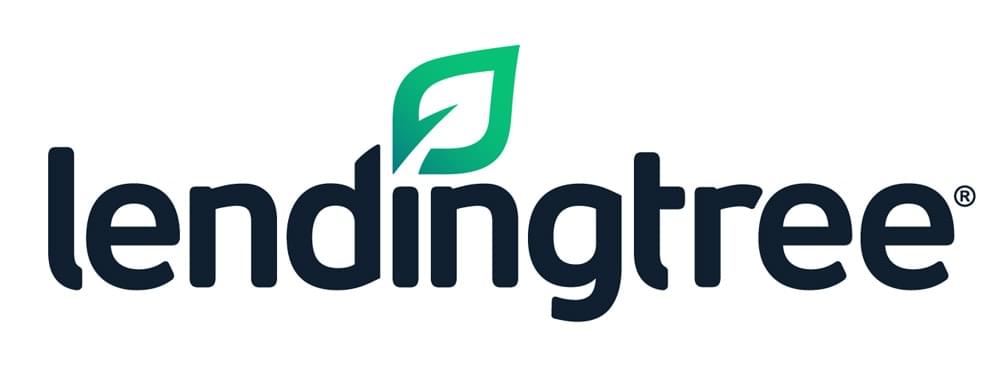



The term fixed-rate mortgage (FRM) basically refers to any sort of home loan that comes with a fixed interest rate. I.e., the rate of interest remains the same for the duration of the loan.
In other words, your fixed-rate mortgage will always carry a constant interest rate from start to end. As a general rule, the terms of the mortgage agreement might range anywhere between ten to thirty years on average for any sort of fixed-rate mortgage. This is a very popular financial product for consumers who want to know how much they will have to pay back every month.
Fixed-rate mortgages are widely considered to be one of the most common forms of home loans in the US as of today. While the most common terms range from fifteen to thirty-year mortgages, shorter terms are also available, while forty and even fifty-year mortgages can also be available. The letter is typically available in areas with very high-priced housing, where average 10-30 year terms still leave homes out of reach of a family with average means of income.
Each month's payment will be equal to the principal's interest rate percentage, along with a small percentage of the actual principal amount itself. Since you will pay off a bit of the principal every month, the interest payments (percentagewise) on the remaining principal will also become a little less. In the long run, it will almost inevitably lead to more of your monthly payment going toward the total principal each month.
In other words, most of your monthly payment will go towards the payment of interest at the beginning of your loan. However, toward the end of the loan expiry, most of your monthly payments will go towards the payment of the principal amount.
As of now, there are many different kinds of mortgage products that are available in the financial market. Lending institutions and agencies advertise and offer all kinds of variable and adjustable-rate mortgages (ARMs) and their fixed-rate loan counterparts. With the average variable-rate loans, the interest rate won’t be fixed. However, the rates will always be adjusted above a specific benchmark since rate changes don’t typically appear like a bolt from the blue.
Fixed-rate mortgages are completely different in this aspect, in the sense that they always carry the same rate of interest (as a percentage of the principal amount) all through the length of the loan.
Generally speaking, many people looking for a mortgage to purchase a house for the long term usually end up with a permanently locked interest rate via a fixed mortgage. They prefer these mortgage products because of their extreme predictability.
In a nutshell, the borrowers will always be aware of exactly how much they will have to pay at a certain time, and there are no surprises in store. This allows them to plan their monthly budget around such payments.
Unlike adjustable-rate and variable mortgages, the fixed-rate mortgage will never fluctuate in-line with market trends. So, your interest rate in any sort of fixed-rate mortgage will always stay the same, irrespective of whether Interest rates go up or down.
Here it is very important to understand that the total amount of interest that you will pay on a fixed-rate mortgage will vary based on the amount of time that the loan has been amortized.
As a mortgagor, you will pay much more in interest in the early stages of your repayment schedule. However, more funds will be applied to the principal later on. In a nutshell, someone with a ten-year term (for instance) will end up paying lesser amounts in interest when compared with someone who has taken a twenty-year fixed-rate mortgage.
Every fixed-rate mortgage always has three properties: A set payment schedule, a set interest rate, and finally, a set term.
For example, a home loan might be at set at 3.75 percent for a thirty-year period with payments due every month. Alternately, a commercial property loan might be more expensive at 5 percent for a period of fifteen years, with payments due every quarter.
As can be seen, with a fixed-rate loan, you will always know exactly what your payment schedule will be for the full duration of your loan.
If the loan has been fully amortized, this means that the borrower won’t need to make a lump-sum payment (also known as a balloon payment) at the end of the fixed-rate mortgage term. As long as there have been no extra payments, the borrowing party will always know exactly what is owed and when it will be paid off. Moreover, you will also know exactly how much interest you will have to pay over the full duration of the loan.
A fixed-rate mortgage is a prime means of ensuring an element of near-absolute surety in your life. You can take care of your other expenses by vectoring in the monthly payments of your loan.



